Chengdu, which is situated in the heart of Sichuan province, is home to the Chengdu Research Base of Giant Panda Breeding. The base is known globally due to its efforts toward conservation studies of the Giant panda- one of the world’s prized and at-risk species. This essay intends to present the essential features of the importance of the Research Base in giant panda conservation, the specific experiences it offers to its visitors, and its other attempts toward wildlife conservation. From the comprehensive breeding program to the base’s traditional scenic and ecological setting designed to panda’s natural environment, the Base inspires and teaches the visitors about the care and concern for the gentle species. Whether you are a conservationist, an adventurous traveler, or just a curious person, this introduced guide will highlight all the details that combine to make Chengdu’s Giant Panda Research Base the best place to experience and learn more about the giant panda the pride of the nation and symbol of China.
What is the Chengdu Research Base of Giant Panda Breeding?
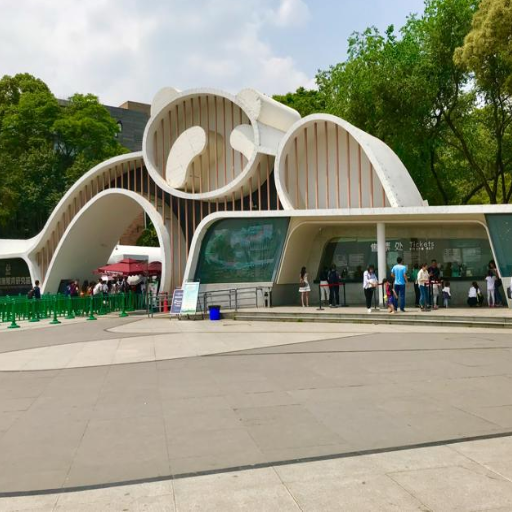
History and purpose of the panda breeding research base
The Chengdu Research Base of Giant Panda Breeding was founded in 1987 with the primary goal of saving and protecting the endangered species of giant panda. With only six rescued pandas initially, the facility has become a leading global institution for panda breeding, research, and education. It does not stop at breeding but includes caring for panda habitats, increasing genetic variety, and achieving sustainability for the species. The base seeks to support the long-term survival of giant pandas while promoting public understanding of conservation issues by integrating new research with awareness initiatives.
Structures and facilities within Chengdu Panda Base
With an area of about 100 hectares, the Chengdu Panda Base is carefully crafted to suit and maintain the giant panda’s natural habitat so that it can thrive and reproduce. Among the facility’s features are large enclosures with bamboo stands, climbing devices, and pools so that the pandas may exercise their instincts. Essential parts of the base are the Giant Panda Nursery, where panda cubs are nurtured and looked after, alongside specialized research labs for genetic and behavioral studies conducted within the base. There is also a red panda enclosure, which helps conserve species. In addition to the base, the visitors are provided with educational facilities, observation areas, and a museum focused on conserving the panda, which, in turn, aids in creating a lasting impression on the visitors.
Achievements and Efforts in conservation and panda breeding.
Collaborative international efforts have been made towards the breeding of pandas as well as the preservation of wildlife habitats. The most significant achievement is the spawning captive population, which exceeds panda breeding programs, as well as the advancement of technology like artificial insemination, which has made breeding more proficient. Improving genetic tracking and marking has also significantly advanced and led to higher volumes of successful births. In These graduated steps, a few individuals have been successfully adapted to natural habitats where they have shown promise in adjusting to resuming life in the wild. These mitigative efforts show advancement toward lowering the ratio of endangered pandas.
How can I visit the Chengdu Panda Base without a tour?
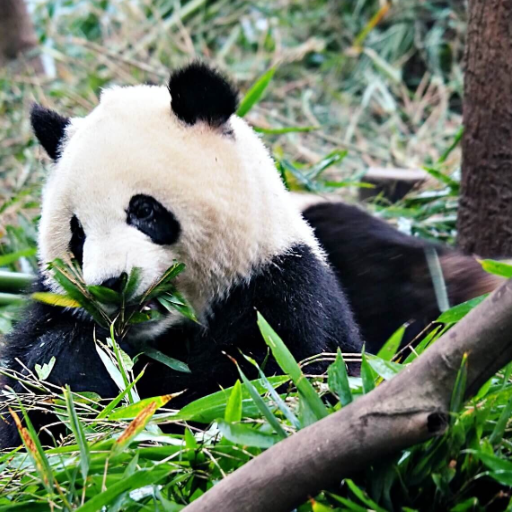
This means getting the Chengdu Panda Base facility.
Chengdu Panda Base is located 10km away from Chengdu’s city center. For those who wish to get there independently, this can be done quickly without a tour. Those needing a taxi can hail one in the street, pre-install mobile apps, or send a Didi order. Traffic is likely to make the drive last between 30 and 40 minutes. Public transportation is also available. Downtown Chengdu has got Bus 198A and Bus 198 from which the closest stop is called Panda Avenue Station. A few minutes walk and you are at the facility. Interested in eco-friendly means of getting to the facility? Cycling is a valid option. Just bear in mind that the path may consist of busy roads.
Special discounts for children, students, and seniors with valid IDs can be obtained.
Information regarding entry tickets to Chengdu Panda Base shows that the price is rounded to 55 RMB per person. Tickets are available directly on the facility’s website or on secondary websites. Booking in advance helps beat long queues. On-site ticket counters are also available, but purchasing ahead of time is recommended, especially during peak tourist seasons.
Best times to visit and avoid crowds
Based on the review data, the most suitable period for visiting the facility is on weekdays from Monday to Thursday. It is noted that during these days, the number of visitors is significantly lower than on weekends. The facility can be enjoyed with the least number of visitors, mainly during the first hour of opening, which occurs early in the morning. On the other hand, national holidays such as the Golden Week in October or summer vacation in July and August should be avoided as the number of visitors tends to be higher during that time.
Technical parameters supporting this recommendation include operational hours generally from 8 a.m. to 9 a.m. and foot traffic flow statistics indicating maximum peak hours from 11 a.m. to 2 p.m. Weekend ticket bookings online are on the rise, as data from booking platforms show an increase of 40-50 percent, further emphasizing the need to plan these trips during weekdays to reduce waiting times, traffic congestion, and overcrowding.
What can I expect to see at the Chengdu Panda Research Base?
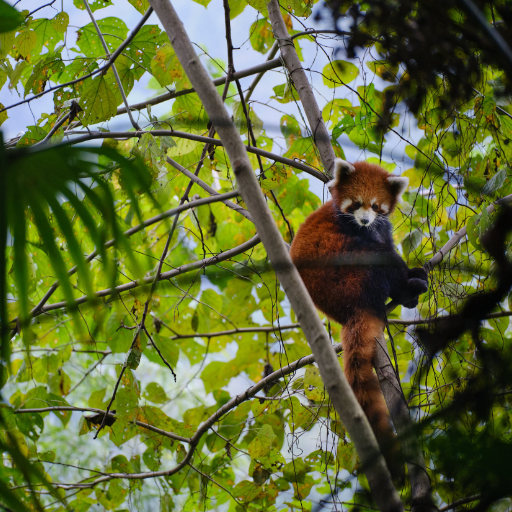
Chengdu Panda Reserve Houses Viewing Zones And Other Facilities
The Chengdu Panda Research Base is home to different panda enclosures that seek to replicate the natural habitat of giant pandas. The facility includes the Grand Panda Block, which contains adult pandas, the Young Bear Enclosure that caters to juvenile pandas nearing adulthood, and the Cub Block which provides the unique chance to observe interacting baby pandas. Other than the giant pandas, there is also a block of lesser-known red pandas, which are equally captivating. In addition to the exhibits, each area encompasses viewing and learning points to help the public gain more knowledge on the instilled conservation techniques for the pandas.
Chengdu panda cubs: viewing offers
Pandas and their cubs can be viewed by the public across the world. In particular, and especially during the post-summer cubbing season in the fall, The Chengdu Research Base of Giant Panda Breeding in China is famous for its nurseries, which offer extensive observation of cub development. The China Conservation and Research Center for the Giant Panda has also opened doors for children of preschool age to admire cubs while nurturing conservation efforts. Outside China, certain zoos like Zoo Atlanta and the Smithsonian’s National Zoo in the USA put on display baby pandas for public listing after their successful breeding season. All these facilities provide animals with controlled forms of social interaction, education, and viewing to promote awareness of panda conservation, enhancing the well-being of the creatures.
Other animals at the base, including red pandas
Besides giant pandas, the base has many other animals, including red pandas that are smaller in size and have reddish-brown fur and luxuriant tails. Similar to red pandas, giant pandas also face threats from habitat destruction and serve as ambassadors for conservation education programs. The base also helps conserve many other regional species by providing homes for birds, small mammals, and other fauna to promote and sustain biodiversity and ecological balance. Activities like this illustrate the base’s intention to diversify the species and ecosystems they work with and focus on beyond just giant pandas.
Are there exceptional experiences available at the Chengdu Panda Base?
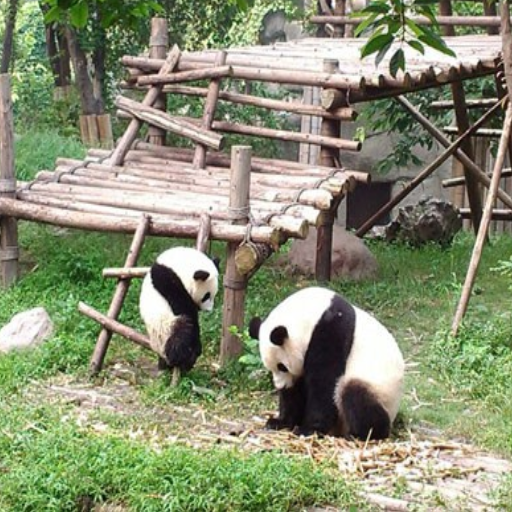
Programs for Volunteer Opportunities and Panda Keeper
The Chengdu Panda Base has distinct features that make it a go-to place due to the unique panda keeper programs and volunteer opportunities it offers. Such programs let participants participate in food preparation, enclosure cleaning, and other feeding activities under staff supervision. Volunteers are trained on panda biology, habitat conservation, and other ongoing measures aimed at saving the endangered species. Participants should register for these programs well in advance due to limited slots available for panda lovers and conservation supporters.
Panda Photography sessions
These photography sessions with the pandas are tailor-made to give visitors a once-in-a-lifetime experience that enables capturing professional images close to the animals. These sessions are regulated and offered at specific panda conservation centers and reserves. Guidelines for capturing pictures with the pandas state that participants should use a safe distance to avoid any form of contact, and trained staff will guide the participants. Special requests of these sessions may require booking and come at an expense to further conservation efforts and restore the panda’s natural habitats.
Programas educativos y exhibiciones de conservación
Los programas educativos y exhibiciones en los centros de conservación de pandas tienen como objetivo difundir en la población la vida, conservación, biología, y hábitat de los pandas gigantes. Usually, these centers have live presentations, guided tours, educational games, and display hyposcopes to showcase the panda’s life cycle and ecological importance. Centers. Also, many of this age group will be provided with educational workshops and seminars to promote environmental awareness and biodiversity. The exhibits may include information on the pandas’ habitats, diet, and behavior with live viewing areas whereby the visitors can watch the pandas in more naturalistic settings. Because of modern technology, all learners are provided with the required materials and are incredibly motivated.
How does the Chengdu Panda Base compare to other panda reserves in China?

Chengdu vs Dujiangyan Panda Bases
The Chengdu Panda Base is associated with panda breeding, educational activities, and tourism. One of the primary visible panda breeding and research centers is located in Chengdu, about 10 kilometers from the downtown area, which is known for tourism and research. Chengdu has well-equipped, climate-controlled nurseries and aims to succeed in reproduction. Additionally, there are reproductive biology laboratories in Chongqing, where advanced technologies are available for testing and research purposes.
The Dujiangyan Panda Base, also called the Dujiangyan Panda Valley, is about 55 kilometers from Chengdu deep in the mountains. This center focuses on pre-wilding and reintroducing panda habitat and health rehabilitation. Specialized panda hospitals with advanced diagnostic imaging and MRI technology are in pathology laboratories. The base also features naturalistic enclosures that aid in behavioral conditioning primates and other animals for a planned release to the wild.
1.Chengdu Panda Base:
- Main Area of Focus: Breeding Panda Cubs and Teaching
- How Far Is It from Chengdu City Center: About 10 kilometers
- What Facilities Does It Offer: Useful reproductive biology labs, controlled nurseries
- Expected Number of Visitors Per Year: More than 3 million people
2.Dujiangyan Panda Base:
- Main Area of Focus: Rehabilitating Sick Pandas
- How Far Is It from Chengdu City Center: About 55 kilometers
- What Facilities Does It Offer: A veterinary hospital with MRI equipment and diagnostic labs, and semi-natural rewilding enclosures
These distinctions underline the complementary roles of both bases in the broader mission of the conservation of giant pandas in China.
Chengdu Research Base Panda Unique Features
Chengdu Research Base of Giant Panda Breeding is famous for its novelty of blending conservation, research, and public education. Aside from preserving the critical genetics of the giant panda, the base has sophisticated breeding nurseries that ensure optimal care for the cubs. The base is set within a sprawling park featuring bamboo forests, walking trails, and a naturalistic environment for pandas. Moreover, the Chengdu Research Base of Giant Panda Breeding has a Unique For Them: Giant Panda Museum which exhibits panda biology and conservation history. Additionally, it is located very close to the city center which makes it easily accessible and therefore, the base attracts millions of tourists and researchers every year.
Why Chengdu is considered the best place to see pandas
This city is known as the capital of panda breeding since it is home to multiple facilities for breeding and caring for these endangered species, with the Chengdu Research Base of Giant Panda Breeding being the foremost one. Chengdu is also located in Sichuan Province, the birthplace of the Pandas, meaning these bears, along with their habitat, are synonymous with the region. To top it off, Chengdu also features an ecotourism base alongside a perfect infrastructure for modern living, meaning this base is scientifically intriguing and approachable to at least a million people a year. People can view panda cubs and adults engaging in their daily activities as they are kept in specially designed-enclosures that simulate their habitat. Hi-tech breeding and caring facilities and extensive research and educational programs make the Chengdu Research base stand out among others.
What should I know before visiting the Chengdu Panda Research Base?

Chengdu weather and best times to visit
If you plan to visit the Chengdu Panda Research Base, you might want to consider going between March and May, or September and November. Because of these months, the average temperature is between 15°C to 25°C (59°F and 77°F), making it comfortable to be outdoors. As for the spring, visitors will enjoy lush greenery, while clear skies and vibrant foliage characterize autumn. Chinese summers can be unbearably hot and humid with minimal rainfall, while winters, though less crowded, are much more remarkable, around 5°C to 10°C (41°F to 50°F). One tip we can give is that the Chengdu Pandas are most active in the morning, so you should time your visit accordingly.
Guidelines for visitors
Rules and regulations are in place for the safety of the visitors and the pandas. Luggage-free tours are offered to avoid disturbance. Given that, no flash photography is allowed, as is feeding and touching the pandas. In addition, visitors are to keep the area as clean as possible by refraining from smoking or littering. Prescribed footpaths must be used at all times, as no-go areas are set aside. A respectful and safe environment is guaranteed if the regulations are followed.
Gift shops and restaurants, other facilities provided
Various new amenities are present at the Chengdu pandas research base. Visitors can now enjoy having a meal or getting refreshments as there are restaurants and cafes on site serving local and international cuisines. Cute panda plush toys, clothes, and accessories are sold in the many gift shops and used for fundraising for conservation. Clean restrooms and the normal rest area are now coming together and placed all over the base. Everyone can fully enjoy their stay with the help of these facilities.
Reference sources
Chengdu Research Base of Giant Panda Breeding
Frequently Asked Questions (FAQs)
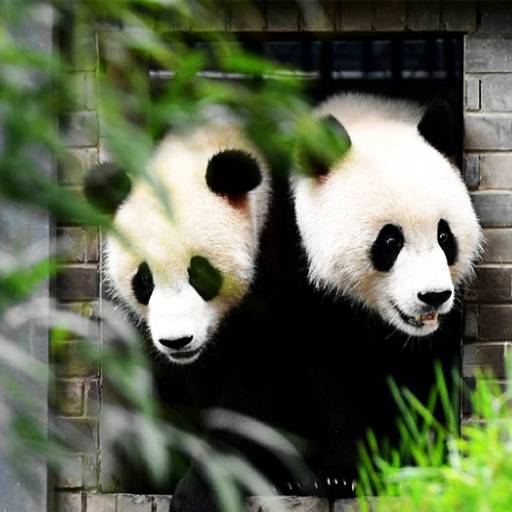
Q: How can I see pandas in Chengdu?
A: You can see pandas in Chengdu by visiting the Chengdu Research Base of Giant Panda Breeding, also known as the Giant Panda Base or Chengdu Panda Reserve. This world-class research facility is located near Chengdu and allows visitors to observe pandas in a natural setting. In 2024, it remains one of the best places to see giant pandas in China.
Q: What are the best panda tours available in Chengdu?
A: Several panda tours are available in Chengdu, ranging from half-day visits to the Giant Panda Base to more immersive experiences. Some popular options include guided tours of the breeding center, volunteer panda keeper programs, and trips to other panda reserves like Bifengxia or Wolong. These tours often include transportation, a knowledgeable guide, and sometimes even the chance to see pandas playing or eating in their bamboo towers.
Q: How do I buy the Chengdu Panda Breeding Research Center tickets?
A: To buy tickets for the Chengdu Panda Breeding Research Center, you can purchase them on-site at the entrance or through various online platforms. As of 2024, tickets cost around 58 yuan for adults. Buying tickets in advance, especially during peak seasons, is recommended to avoid long queues. Some visitors prefer to use WeChat or other mobile payment methods for convenience.
Q: What’s the best time to visit the panda base to avoid crowds?
A: To avoid crowds and have the best panda viewing experience, arriving early in the morning is recommended, ideally when the park opens around 7:30 AM. This is when the pandas are most active and feeding. Weekdays are generally less crowded than weekends. If you want to see pandas without large crowds of people, consider visiting during the off-peak season, which is typically from November to March.
Q: Is there a metro to Panda Avenue for easy access to the breeding center?
A: Yes, a metro line goes to Panda Avenue, making it convenient to access the breeding center. Take Metro Line 3 to the Panda Avenue station, which is the closest stop to the Chengdu Research Base of Giant Panda Breeding. From there, you can walk for about 15-20 minutes or take a short taxi ride to the park entrance.
Q: What should I expect when I enter the park to see the pandas in China?
A: When you enter the park to see the pandas in China, you’ll find a beautifully landscaped area with various enclosures and viewing areas. You’ll be able to observe giant pandas of different ages, including cubs if you’re lucky. The park also features red pandas, an education center, and informative displays about panda conservation efforts. Be prepared for walking, as the park is quite large, and consider using the internal shuttle bus if needed.
Q: Do I need my passport to buy tickets or enter the panda park?
A: While it’s always a good idea to carry your passport when traveling in China, buying tickets or entering the panda park is not typically required. However, if you’re participating in special programs like the volunteer panda keeper experience, you may need to present your passport. It’s best to have it with you just in case, especially if you plan to take advantage of any discounts or special offers that might require identification.